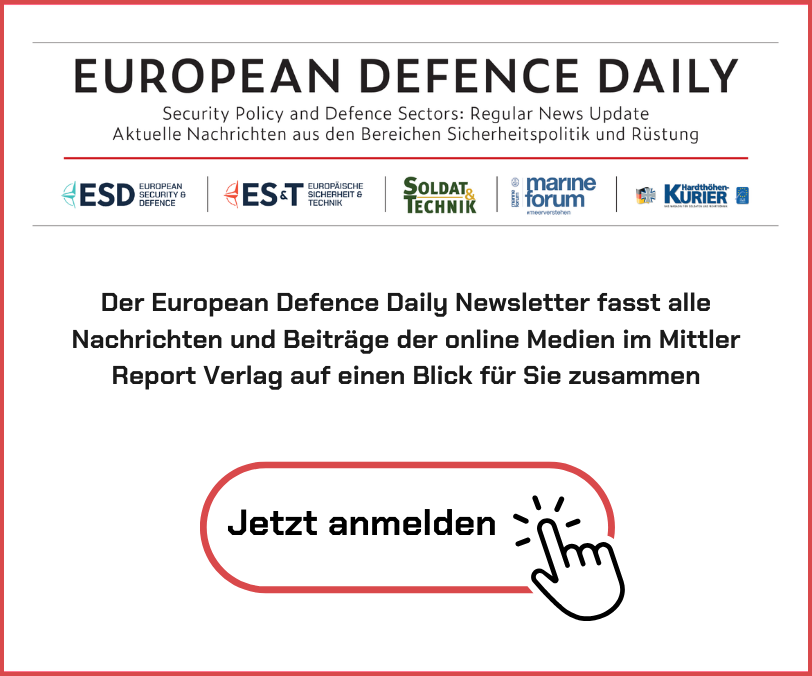The countries bordering the Baltic Sea have agreed to step up measures to improve the devastating state of one of the world's most polluted marine areas. The aim of the Baltic Sea Action Plan (BSAP) and the European Commission is to protect 30% of the Baltic Sea by 2030.
The new measures were adopted at a ministerial meeting in Lübeck on Wednesday under the auspices of the Helsinki Commission (HELCOM), the Commission for the Protection of the Marine Environment of the Baltic Sea. It was founded in 1974 and currently has the following members: Denmark, Estonia, the European Union, Finland, Germany, Latvia, Lithuania, Poland, Russia and Sweden.
The first Baltic Sea Action Plan was published in 2007. The now updated and comprehensive plan contains new targets and around 200 measures on the topics of biodiversity, eutrophication, hazardous substances, marine-related activities such as shipping and fishing, climate change, marine litter, pharmaceuticals and underwater noise.
The countries bordering the Baltic Sea and the EU have also agreed that the list of so-called "hot spots", places with serious pollution, should be completed by 2025.
The problems are to be tackled by the individual countries or in cooperation. To fulfil its commitments, Finland is using the 69 million euros it has earmarked for the 2019-2023 national water management plans and the Finnish Marine Strategy.
According to Rüdiger Strempel, HELCOM's Executive Secretary, the revised Baltic Sea Action Plan is not only concerned with environmental aspects.
"The BSAP is not only an ecological but also a political success that once again demonstrates our ability for regional and cross-sectoral cooperation in the Baltic Sea region," Strempel said in a press release.
This article is published with the kind permission of EURACTIV / www.euractiv.de
Originally by Pekka Vänttinen, translated by Stina Noelken










